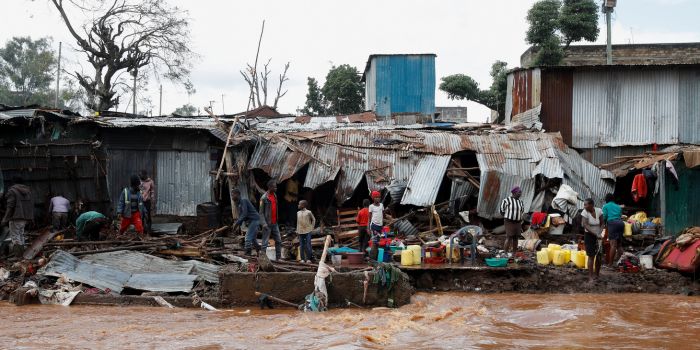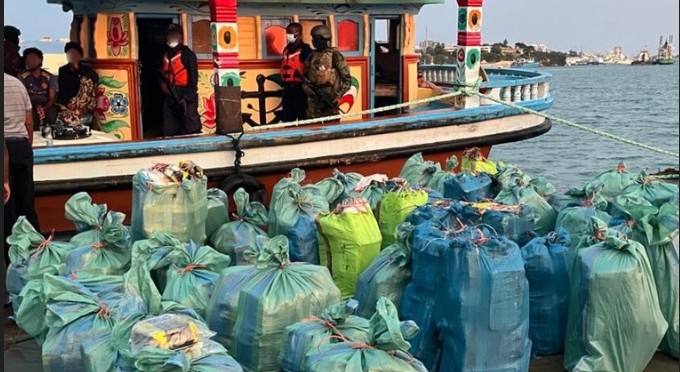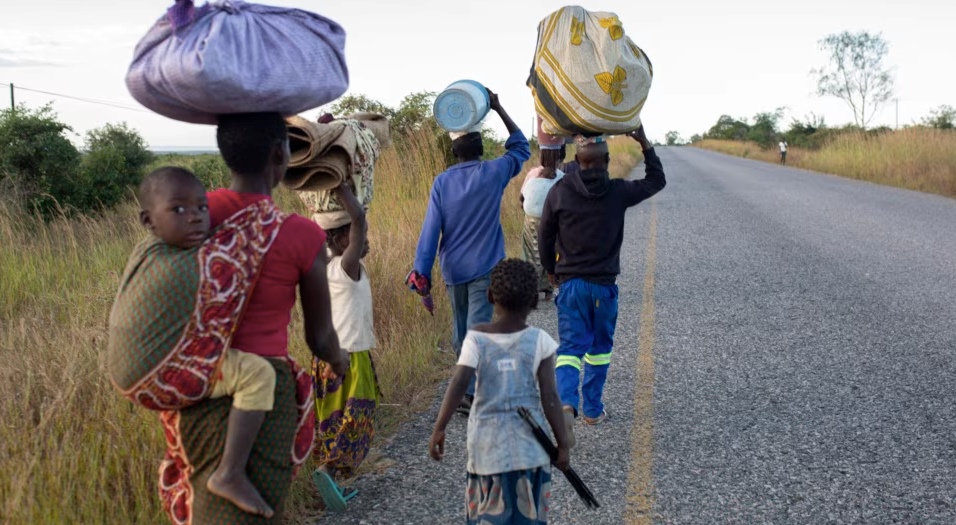Kenya on high alert after classing 192 dams, water reservoirs as very risky

A 24-hour evacuation notice effective May 2, 2024, was issued to settlements in 33 counties within 178 of these facilities.
The government has in the last few days persistently called on people living close to 192 high-risk dams and water reservoirs to vacate to avert calamities, as they pose great danger to those living downstream.
A 24-hour evacuation notice effective May 2, 2024, was issued to settlements in 33 counties within 178 of these facilities, with the government saying it would facilitate logistical support, temporary shelter, and essential supplies for those affected.
More To Read
- Government to build 50 mega dams to transform Kenya’s agriculture - Ruto
- Met Department issues heavy rainfall warning for Western, Rift Valley regions
- Kenya Met warns of reduced rainfall but showers to continue in parts of the country
- Weatherman warns of continued heavy rains, strong winds across Kenya until Monday
- Rains to persist across Kenya with isolated heavy downpours - Weatherman
- April to bring heavy rainfall, warmer temperatures - weatherman
A nationwide assessment of all dams in the country identified 60 high-risk dams in Central, 39 in Eastern, 29 in Rift Valley, 22 at the Coast, 21 in Western, 12 in Nairobi, five in North Eastern, and four in Nyanza.
The water reservoirs categorised as high-risk include the Ohio and Ashadin water pans in Garissa County; the Ajawa and Burjif water pans in Wajir County; the Sokote and Elbeso dams in Marsabit County; and the Baawa and Murichoi/Lepartuk dams in Samburu County.
Other are the Nankuaetum-urum, Nakululu, and Riet mini dams in Turkana County; the Kawarnaparan water pan in Turkana West; the Kitalekapel, Chepkaram, R.Suam, R.Chesira, and Turkwel dams in West Pokot, and the Kesses dam in Pokot North.
Also on the list are the Dukanotu, Wadesa, and Charidende dams in Tana River County; the Mrandeni dam in Lamu County; and the Ndilidau water pan, the Mtaa Kuja quarry, and the Keshenyi dam in Taita Taveta County.
Mandatory evacuation along rivers in Nairobi County (Mathare, Ngong, and Nairobi) is ongoing, with the government providing logistical support, temporary shelter, and essential supplies.
In Nairobi, persons affected include those residing in Mathare 4A, Kisumu Ndogo in Mathare North, Babadogo, the 42 area in Kianda, Soweto, and the Shofco area in Gatwikira, Kibra Sub-county.
Residents of Mlango Kubwa, Huruma, Kiamaiko, Pumwani, Eastleigh South, and Kiambiu, and all settlements along the Nairobi and Ngong river riparians, must also move.
County security intelligence committees are monitoring the dams and water reservoirs on a case-by-case basis, with those falling within the danger zone radius marked as high risk being required to move immediately at the risk of mandatory evacuation.
While issuing the vacation order on Thursday, the government encouraged affected persons to move voluntarily as various actors ensured procedures were followed.
National Government Administration Officers (NGAOs) are working with county governments, humanitarian organisations, and other stakeholders to ensure that the process of notification, vacation, or mandatory evacuation, as well as the provision of temporary shelter, food, and non-food essential supplies, is timely, humane, and effective.
Top Stories Today













































